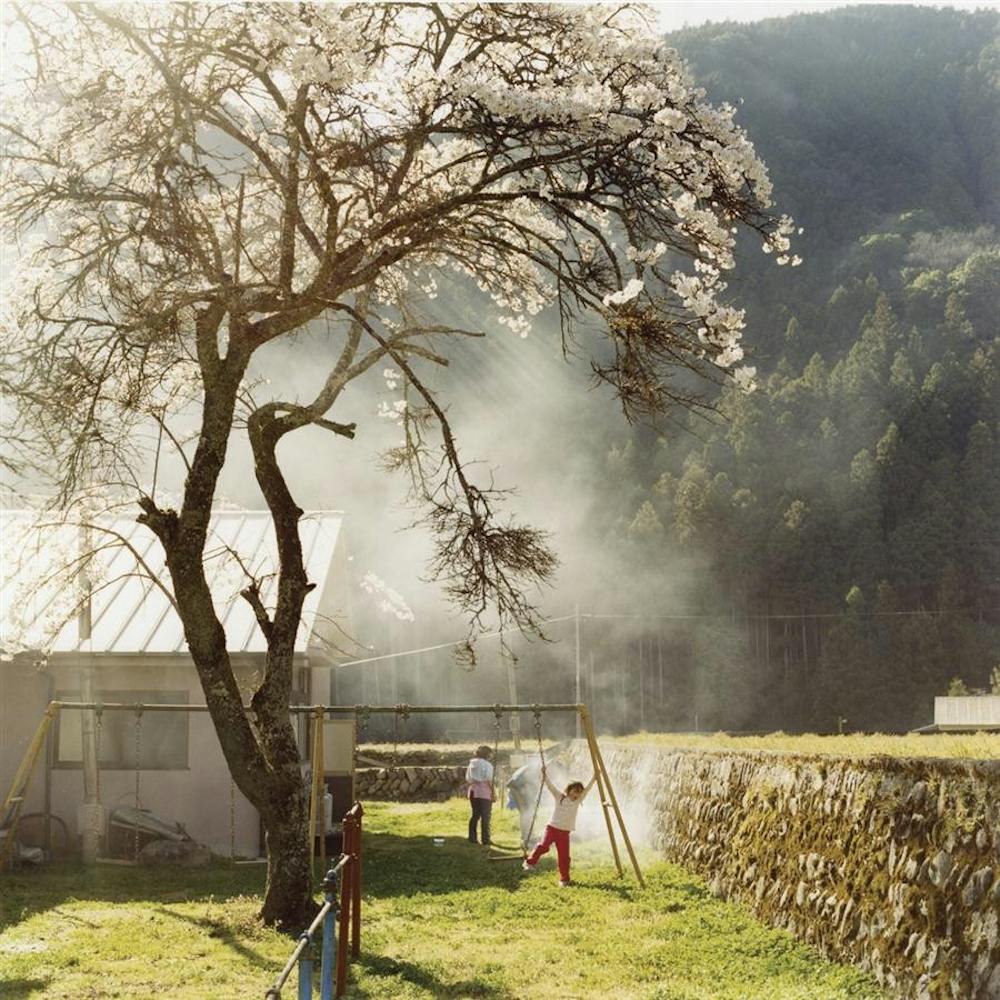Lining the right white wall of the pictura gallery, untitled photographs taken by Ai Takahashi glisten in the lighting of the room.
Winding all the way to the back, the photography is from four female Japanese artists, and each of the women expresses the exhibit theme, “Contemplation,” in her
own way.
“We search for talented photographers to feature in our exhibits,” pictura gallery Curator Lisa Berry said. “The owner of pictura gallery, David Moore, expresses an acute interest in Japanese photography, so he really got all of us who work here excited to feature this exhibit.”
The exhibit was guest-curated by Mariko Takeuchi and James Nakagawa, both of whom are well-known photographers and photography critics in Japan and around
the world.
In a brief overview, Takeuchi and Nakagawa wrote that the “photographs possess the uncanny ability to reveal the invisible” and that “these photographers delineate from within the real world a space for observation and contemplation of the invisible.”
When first walking into the gallery, viewers see photographs taken by Ai Takahashi. Her photographs capture the essence of Japanese rural life and represent the “grounded history of small farming communities,” according to Takahashi’s artist statement.
Photographs taken by Yuki Tawada were placed on a curved wall leading to the back of the gallery. She said her photographs seek to “contact with the ‘power,’ the great being known as God, facing up to the threat of lost identity, caused by being devoured into the majority.” Tawada said the most important element of her work is “not the image of the power itself, but the strange phenomenon between the power and people seeking it.”
Yuhki Touyama’s photographs appear after Takahashi’s. All of Touyama’s featured work is in black and white, which contrasts with the colorful photos of
other artists.
Her images include a girl in repose, giraffes in a concrete room and a close-up of a
cut thumb.
“My breathing became embedded in my photographs and allowed me to capture the ‘now’ more vividly than at any other time. Time and existence quietly transform into darkness, yet they continue to radiate. This is the new beginning,” Touyama said in a statement.
The last photographs featured in the exhibit were taken by Tomoe Murakami. Berry said the beauty of her photos lies not in the landscapes she photographed, but in the search for it. Murakami “stares at the boundary between the visible and the invisible through her ephemeral landscapes, which are often filled with mist or clouds,” according to Takeuchi and Nakagawa’s overview.
Senior Andrea Goldman had only positive comments about the exhibit and the
photographers.
“I thought it was interesting how they showed aspects of people and landscapes that everyday viewers would usually miss,” Goldman said. “The way they used the photographic medium to reveal these hidden aspects was absolutely amazing.”
Pictura Gallery exhibit tells of rural Japanese life

Get stories like this in your inbox
Subscribe





